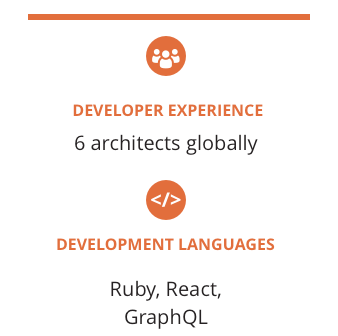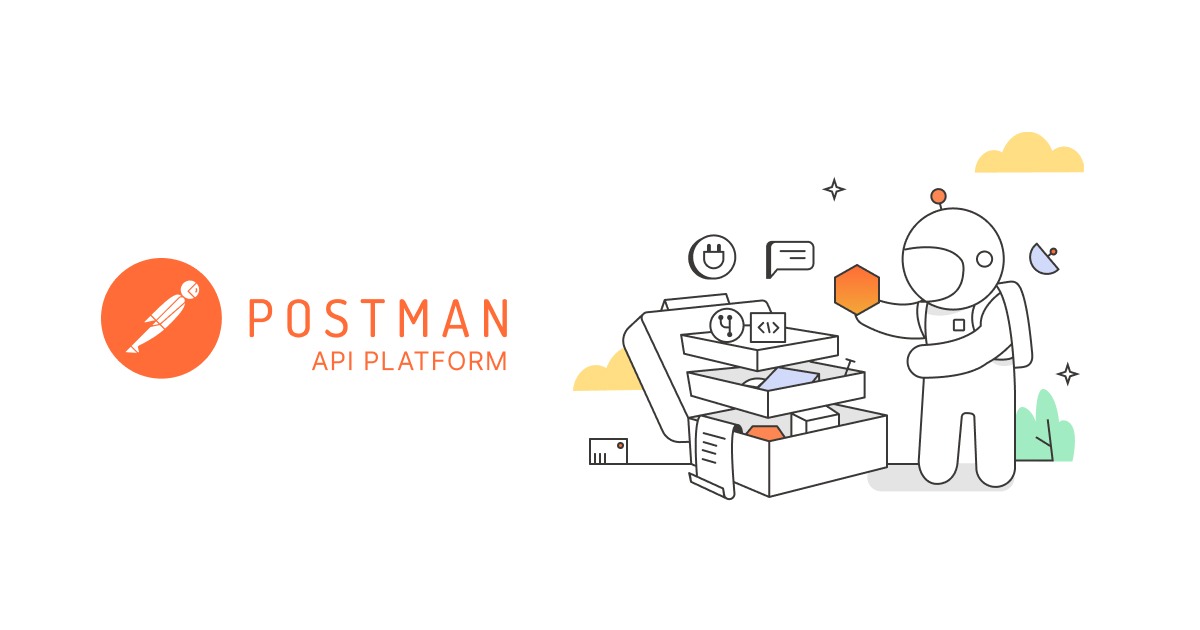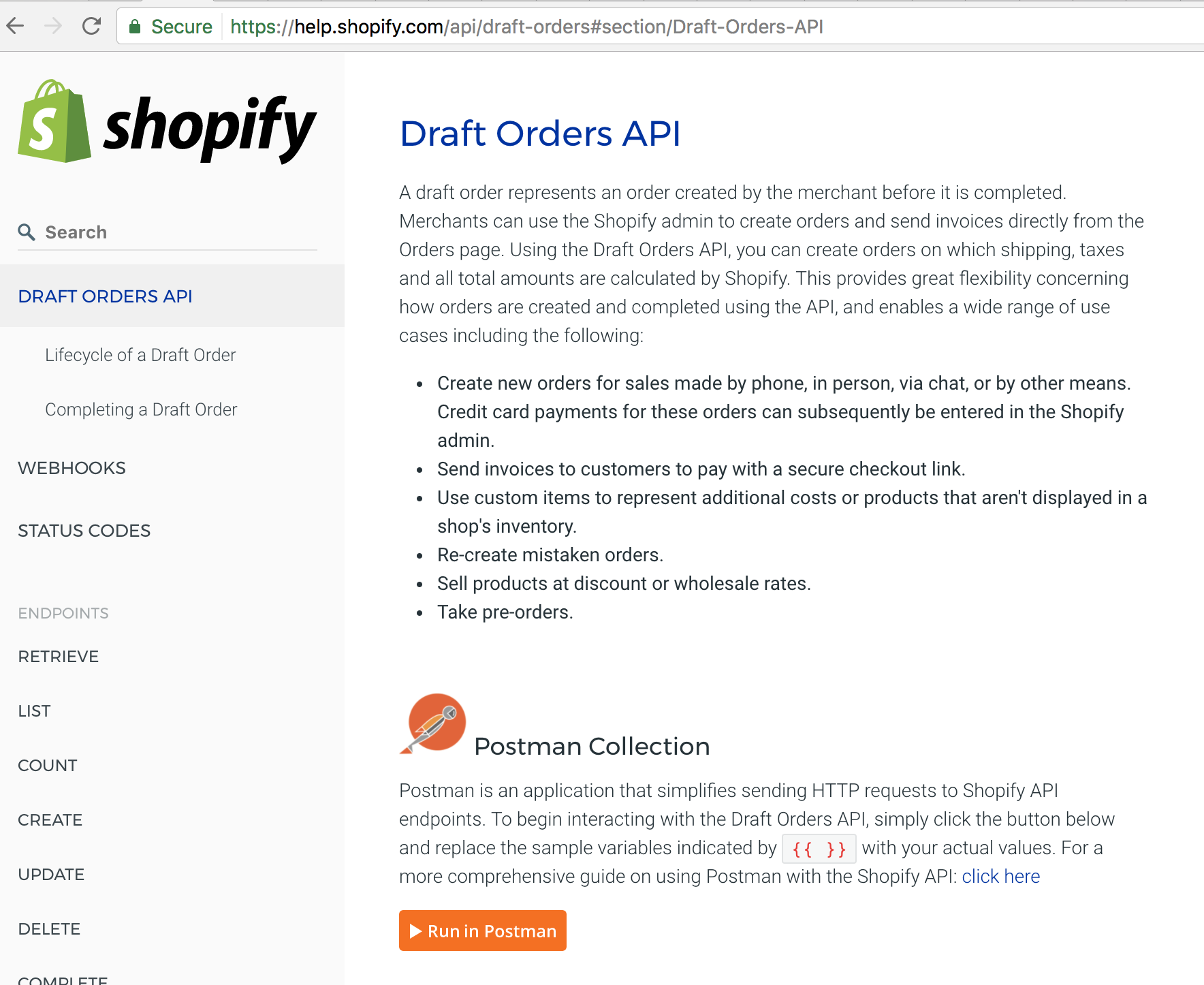Shopify Relies on Postman for More than Just Development
Shopify is building the future of commerce, providing hundreds of endpoints for all the touchpoints of commerce. The Shopify API is all you need to create custom storefronts or to build apps for the Shopify App Store.
The development team also created their own Polaris design system and the popular Liquid templating language to support their community.
Since its start in 2006, Shopify has grown to 500+ engineers across offices in Ottawa, Toronto, Montreal, Waterloo, and San Francisco. The platform helps more than 500,000 merchants. Shopify handles everything from product listings, inventory management payments, to secure checkout and shipping. The core application is one of the largest built using Ruby on Rails, and processes more than $40 billion in sales through its platform.
Shopify doesn’t force anyone to use Postman, however, many of their developers just prefer it. When your product is an API, you end up using Postman for more than just development. “Postman is key in our workflow” says Jordan Liddle, Developer Experience Architect at Shopify.
Escalated support
When you have thousands of partners using your API to build apps on your platform, you’re bound to encounter some bugs. For the escalated support teams at Shopify, when these bugs arise, they depend on Postman to help reproduce the request and debug the issue. It’s easy to troubleshoot issues in Postman when you can simply isolate every element of the request.
Documentation for all
The Developer Experience team at Shopify focuses entirely on enabling developers to build confidently and efficiently on the Shopify platform. Their goal is to make that experience as smooth and enjoyable as possible, and a large part of that experience depends on the API documentation. With an extensive library of endpoints covering every possible scenario for running a business, Shopify uses Postman to simplify the process of working with APIs.
Shopify published the Run in Postman button to share Postman collections in their developer documentation. Once a developer enters their Shopify credentials, they use Postman to directly access and interact with their shop data.
In addition to publishing shared collections, the Developer Experience team published a tutorial for partners showing how Postman can send and capture requests to Shopify API endpoints. Partners can then use Postman collections and folders to organize their Shopify API calls.
Common ground with partner developers
For high volume merchants interested in migrating over to Shopify’s platform, merchant success managers will use Postman collections as a template for working code. The merchants’ developers might not be familiar with the Shopify API at first, but chances are they’re familiar with Postman. For them, instead of building new technology into their app, they can use Postman to get started faster.
We started using Postman collections in our documentation to help partners quickly get up and running with our API.
Now we use Postman as a tool for training internal teams, debugging support issues, and providing our partners with a way to instantly make sample requests to the various API endpoints across our platform.
Jordan Liddle, Developer Experience Architect

